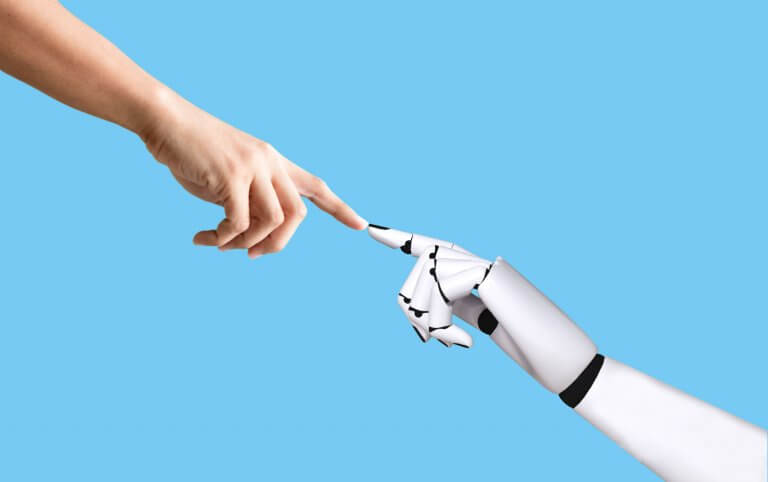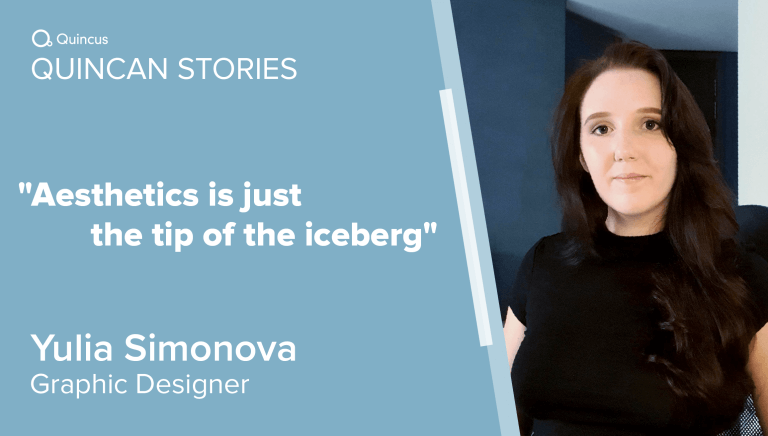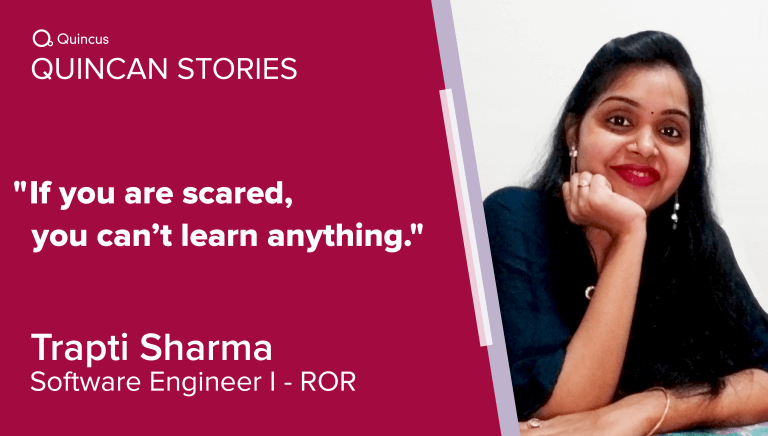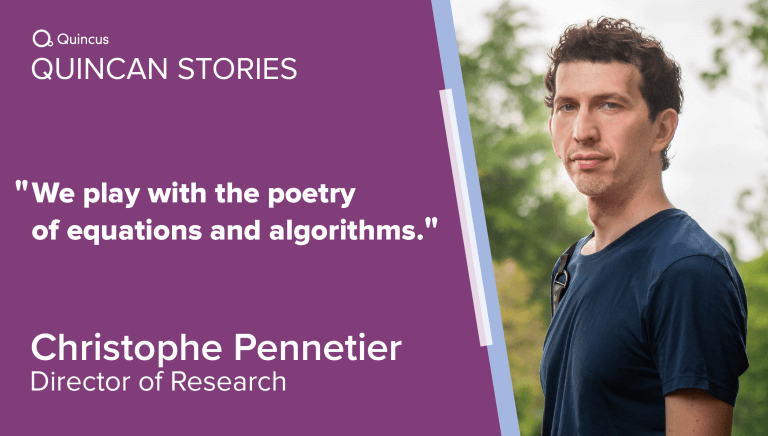
Jocelyn Cheok: Standing up for the user’s needs
You are a UX Designer at Quincus. Please share with us what you do and what an average day for you in this role is like.
I work together with the product team to identify and solve problems that users face when using our product. It’s not just about the visual aspect. We design and build the product to ensure that users take delight in easily using it to achieve their objectives.
An average day includes aligning with the product manager on the current problems we’re solving, prioritizing the user flow and UI screens that assist the product and engineering teams to visualize and ‘feel’ the interactions, as well as getting constructive feedback on the usability and engineering effort needed for the features proposed.
How did you get into this field and what led you to specialize in UX design?
When I first learned about startups and got into discussions about the potential products that can be built, I was asked to look into digital product design, and that’s where I realized that I could do meaningful work in this line and give back to people by making products that give value to their life. I started researching how to delve deeper into UX design, and decided to take the leap to take full-time courses to really immerse myself into this industry. And I now find myself solving logistic problems together with Quincus.
You have a background in architectural design. Are there any lessons or learnings you’ve brought from there to Quincus?
My background in architecture taught me that it takes many hands to create the final product and this includes communicating well with a team from various backgrounds and industries. We understand that everyone may not agree with each other but it is important to understand why they disagree, learn to compromise and focus on the end goal of delivering an amazing project within the time frame.
Why logistics/supply chain? What would you say is unique or attractive about this industry for a UX designer?
I grew up in a family that has always done supply chain logistics. I have personally seen how technology seems to have left this industry almost untouched and I empathize with the challenge to digitalize the logistics industry. What’s attractive about this industry is the opportunity to solve one heck of a challenge: to empower users to use a single platform to achieve their logistics needs from one end of the world to the other.
What do you like most about doing UX design in Quincus?
I like how close the team really feels, like a family away from home. They’re very amiable, empowering and open with feedback. There is real camaraderie happening here with the people in Quincus. Everyone’s feedback is considered and valued no matter your position and it also helps that we have an amazing UX lead, Raja, who guides and mentors the UX team to bring the company’s UX maturity to a higher level.
Can you tell us about a thing you’ve designed that you’re especially proud of?
I’m proud of how the dispatch management module is built both in terms of visuals and useability. It is able to help dispatchers track their drivers and their shipments easily with a few clicks, and work more efficiently with their drivers.
In your professional opinion, what makes a good UX designer?
A good UX designer always asks ‘why’ and does not shy away from defending their design decisions based on research and result. When building the product, it is easy to be swayed by others on how certain features should be removed and deprioritized. It is important for a good UX Designer to remember that they are the ‘User’s Advocate’ and stand up for the user’s needs if required.
Any advice for budding designers looking to get into the field?
Do not doubt your abilities when getting into the field. Keep trying and remember how much value your product is going to bring its users.
Subscribe to keep up with our latest news









